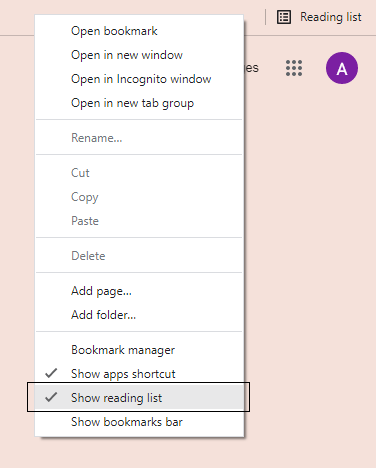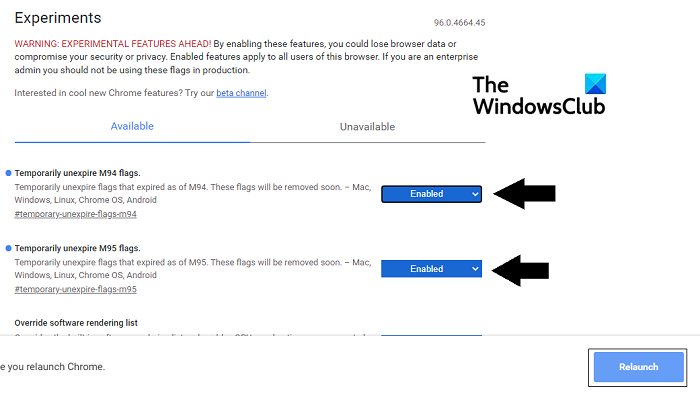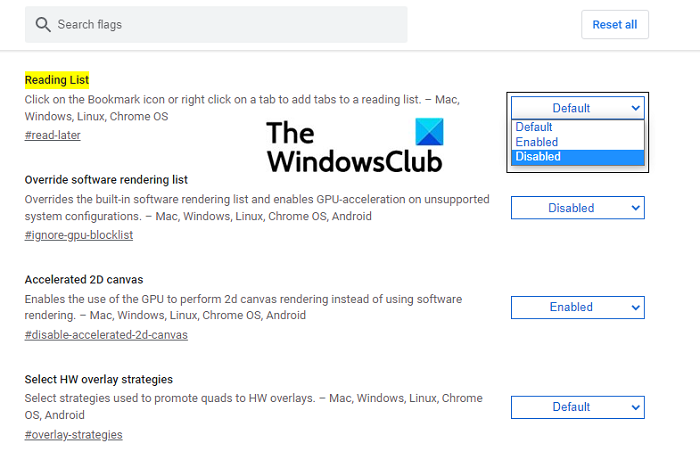Google has made sure to keep its Chrome browser one of the best out there, both in terms of efficiency and functionality. In one of its iterations from earlier this year, Google added the option of a reading list to its browser window. They clubbed it with the Bookmarks option to make it easy for people to save the web pages they want to read up later. While some of you may find it useful, being able to bifurcate links you want to revisit, others may think of it as a needless feature. In this article, we will be discussing how you can disable, or even completely remove the ‘Add to Reading List’ option from Google Chrome.
Personally, I find the Reading list to be a handy addition. Bookmarks can get very messy for anyone who browses through a lot of different stuff like a student or a working professional and in the midst, readings can get lost or tough to find. In order to add a link to your reading list, you just have to click on the star icon on the address bar, and select ‘Add to reading list’. While it makes keeping bookmarks easier, it’s an additional step, so here’s how you can get rid of it.
How to remove the Reading list option from Google Chrome
There are three ways to either disable or stop viewing the reading list and the ‘add to reading list’ option from Google Chrome. We will be discussing all three.
1] Remove the reading list from Google settings
On the top, below the address bar on Google Chrome, is the Bookmarks bar. Here are your first few bookmarked links, and on the right corner of it is the Reading List. You’ll see all the links you’ve previously added to the list if you click on them. If you want to remove this option from the browser window, here’s how you can do that.
- Open Google Chrome
- Right-click anywhere on the Bookmarks bar
- Locate the option ‘Show readings list’. If there is a tick mark next to it, click on it, and the Readings list option will disappear.

Bringing back this option is just as easy. Click on the bookmarks bar again and select the Show readings list. The option will come right back.
2] Disable Add to reading list option on Google Chrome
If it is the ‘Add to reading list’ option that you want to get rid of it so that you can add any more web pages to your existing reading list, here are the steps you need to follow.
- Open Google Chrome
- In the address bar, paste the following:
chrome://flags/
- Here, you will see the following two preferences:
- Temporarily unexpire M94 flags.
- Temporarily unexpire M95 flags
- Open the drop-down next to these and select Enabled. If you don’t see these options, type ‘Temporarily’ in the ‘Search flags’ search bar.
- Once you’ve made these changes, you’ll see an option to relaunch Chrome

Do so, and when Chrome relaunches, you’ll see that the ‘Add the reading list’ option is greyed out.
3] Remove ‘Add to reading list’ option from Google Chrome
On the odd chance that you want to completely remove the ‘Add the reading list’ option and only have the Bookmarks setting open every time you click on the star icon, there is a very simple process in place for that too.
- Open Chrome and paste the following on your address bar
chrome://flags/#read-later
- This will present a flag named Reading list on your screen with the same drop-down as in the process mentioned above
- Please open it and select disabled
- Relaunch using the prompt that is offered and wait for the Chrome Window to open back up

Now, every time you click on the star icon, it will register the link as a bookmark only, effectively removing the option to add it to your reading list.
What is the difference between Reading lists and Bookmarks?
Technically, there’s no difference between a link in your bookmarks and one you’ve bookmarked into your reading list. The reading list is a dedicated list to house all the links you want to read. As I mentioned earlier, this can be of essential use to students and people who constantly read stuff off the web for their work.
We hope that this post helped you understand the Chrome reading list and decide whether you want this feature on your computer’s browser.